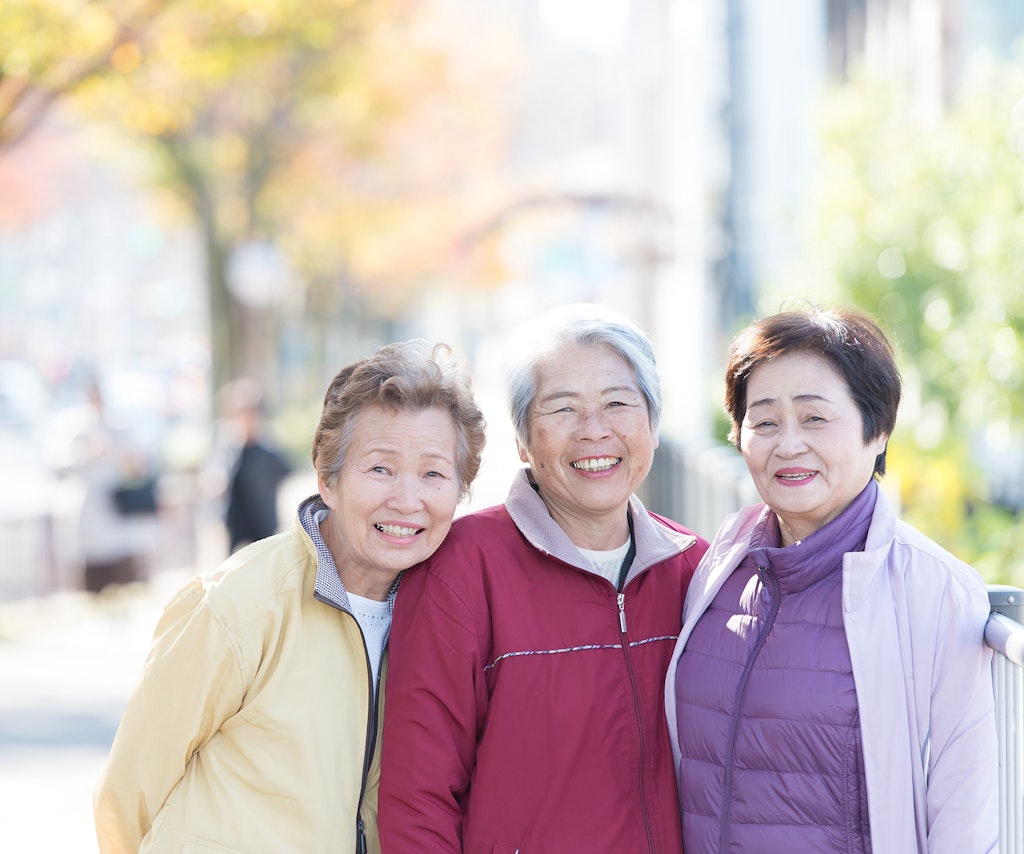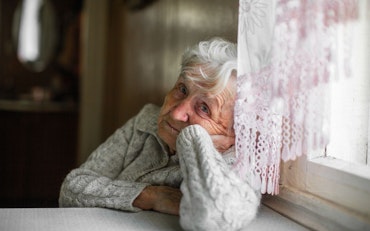How Australia can plan for the future of our ageing population
By 2050 the worldwide number of people over 65 will double, and the ‘oldest-old’ population, those over 80, will more than triple, according to the United Nations, and developing strategies to care for older generations into the future is becoming increasingly important.

An ageing population is an indicator of progress (Source: Shutterstock)
Australia’s birth rate currently sits at the ‘replacement rate’ of 2 per couple, and the Australian Bureau of Statistics projects that by 2064, more than 23 percent of the population will be 65 or over, increasing the pressure on health care systems.
But it’s not all bad news: an ageing population is an indicator of progress, as better general health and medical care, lowered child mortality, and improving access to education and employment worldwide has led people to live longer, healthier lives.
So how can we plan for the future of an ageing population?
The World Health Organisation emphasises that although major changes will need to be made, they don’t necessarily need to be massive increases in national health budgets.
Instead, technological innovation, growth in personal incomes, and a shift in cultural norms around working ages and end-of-life care will be far more influential. In Australia, some of these measures are already being put into place.
The consumer directed care reform are radically changing the aged care industry in Australia to work directly for individuals and their needs, shifting power from the provider back to the consumer. Care facilities implementing the innovative “village model” of care and retirement villages with on-site Residential Aged Care facilities are appearing all over the country, and even China is looking to Australian models of care as an example.
However, as the nations grapple with ageing populations the world over, there are still many things to be learnt from our international peers.
In 2015, The Global AgeWatch Index ranked Australia as 17th among 96 countries for the wellbeing of our older citizens, well within the top percentile.
However with about a third of older Australians live on less than one third of the national median income, Australia ranked lower than many western peers.
The highest-ranking nation overall in the 2015 Aged Watch Index was Switzerland, while Japan topped the index for health status. Switzerland consistently ranks highly on such reports and has internationally recognised high standards of living.

A comprehensive national healthcare makes Switzerland the best country to grow old in.
Switzerland has 100 percent pension coverage for people over 65, and high rates of employment among older people.
The Swiss government also subsidises the aged care industry, so that facilities can afford 24/7 medical staff, physiotherapists, and psychologists, and 99.5 percent of citizens have health insurance, resulting in high life expectancy of 82.8 on average.
In comparison, Australian aged care facilities are notoriously underfunded, with a low ratio of Registered Nurses to patients.
A pension that does not cover the cost of rocketing rent and housing prices is forcing many into poverty and even homelessness, and affecting the ability to access in-home care.
Japan’s aged population is the healthiest in the world, due to the Care Insurance Scheme.
Japan, home to the world’s most aged population at 33 percent aged 60 or over, has been dealing with lowered birth rates for years.
Faced with growing public debt and stagnant growth, the Japanese government introduced publicly funded social care in 2000, despite considerable opposition in a culture where caring for the elderly was seen as a family responsibility.
Upon turning 65, Japanese people are entitled to a wide range of support, both institutional and community based under the Long Time Care Insurance Scheme (LTCIS) and are allocated sufficient support to age in-place, even with complex health concerns such as dementia.
The Japanese aged-care model is based on community integration (Families can even pay a postal worker to check on elder relatives) but comes at the cost of high co-payments and increased taxes to the wealthy, as use of the LTCIS continues to increase.
Dutch Providers have adopted a revolutionary community model for dementia care.
In the Netherlands an innovative village model has been created to allow people living with dementia to remain independent longer.
The principle underpinning the model is that nurses are empowered to delivery all the care patients require, emphasising preventative measures and helping facilitate independence.
“Buurtzorg,” or “neighbourhood care” means higher costs per hour, but has accomplished a 50 percent reduction in hours of care overall, resulting in better care and raise work satisfaction for staff not perpetually overworked like their Australian counterparts.
With the number of people with dementia rising almost everywhere and the global cost of dementia care set to reach $1 trillion by 2018, measures like Buurtzorg will increasingly become pivotal innovations for the future.










